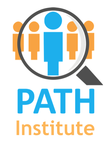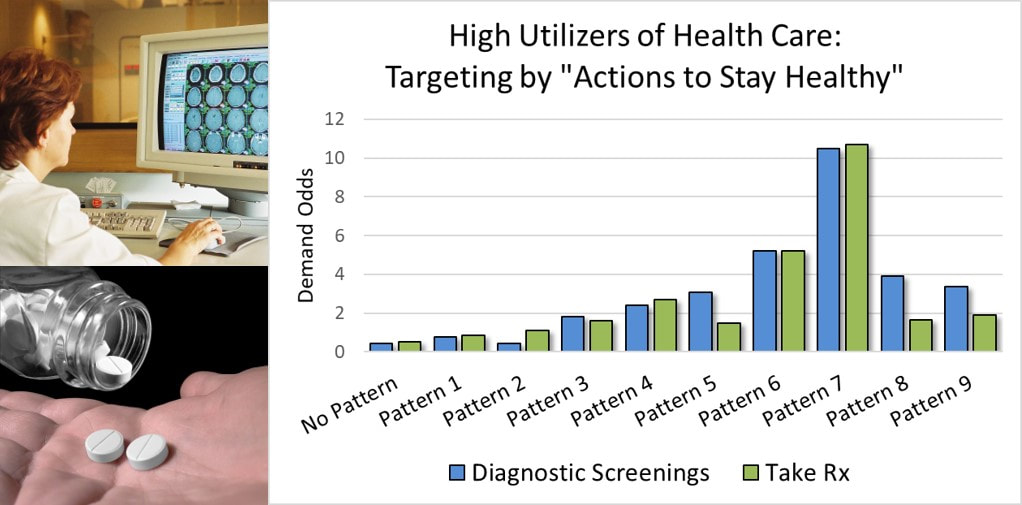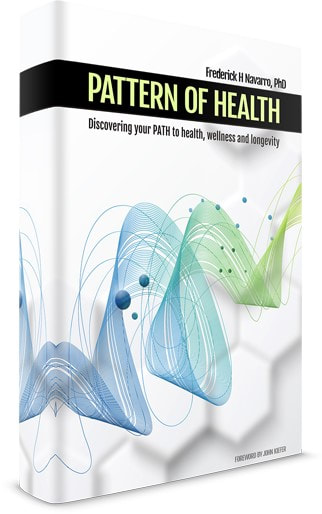|
Hospitals and health systems promote their diagnostic services as a strategy for early diagnosis and prevention, but also as a strategy to get potential patients in the doors.
The fact is, only one segment of the adult population really considers diagnostic testing and prescription medications as critical to staying healthy: Adults conforming to Pattern 7 identified by the Patterns of Adapting to Health (PATH). These adults are consistently linked to the highest demand for both diagnostic testing and the use of prescription medications as health supporting activities. The tailoring and targeting of marketing promotions to adults with Pattern 7 offers a potentially higher return for health care and hospital marketers in two ways:
0 Comments
Leave a Reply. |
AuthorFrederick H. Navarro, PhD. Archives
March 2019
Categories |
|
Copyright © 2017 PATH Institute
|
Website by RyTech, LLC
|


 RSS Feed
RSS Feed

